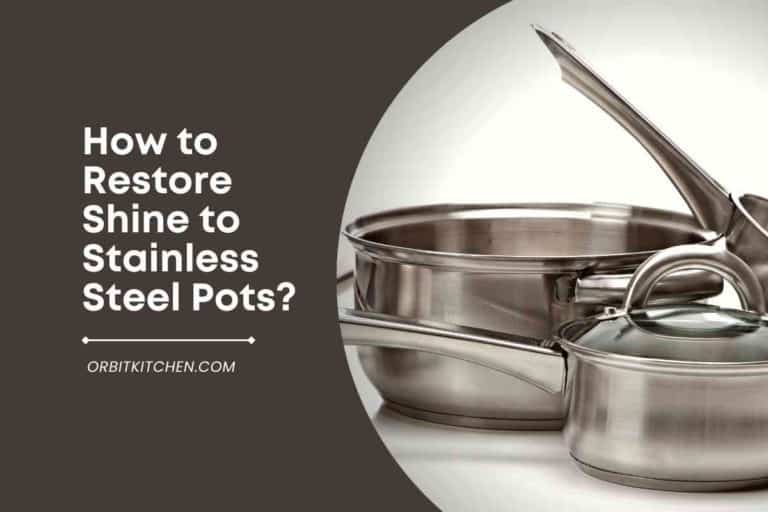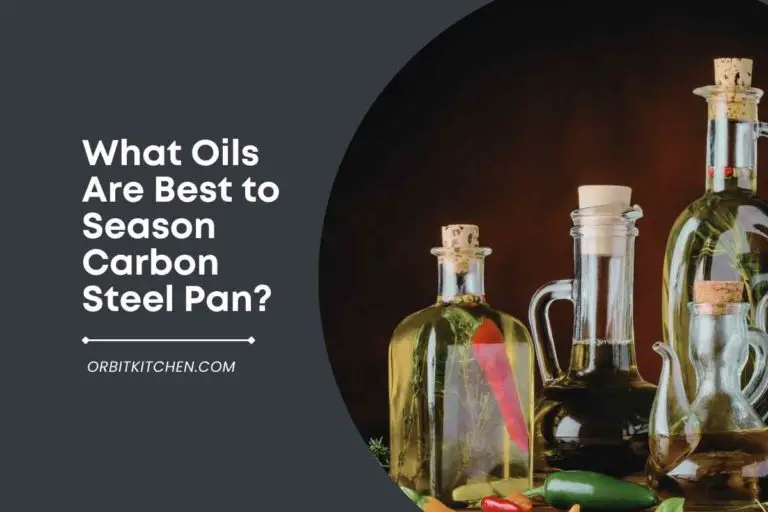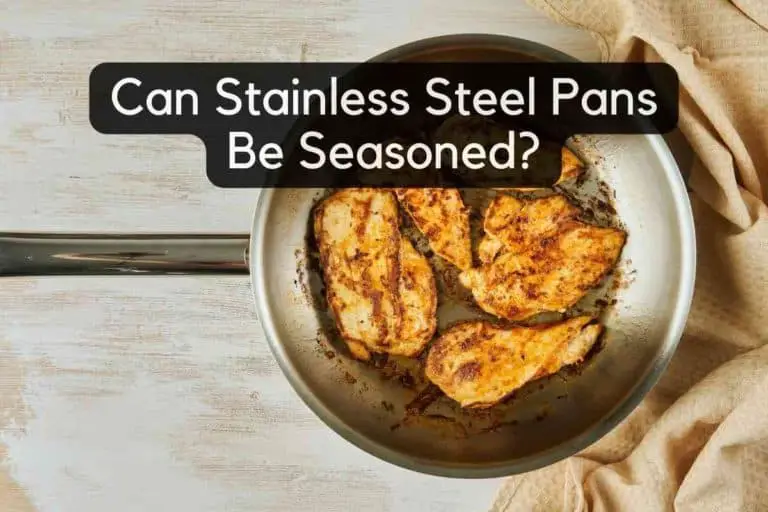Can Ceramic Pots Stay Outside in Winter?
Despite their fragility, ceramic pots have been a classic fixture in gardens around the world for generations. Most pots are most at risk during the winter season, and often pots that are left outside can crack. It is therefore advisable to store them properly before the frosting season.
Can ceramic pots stay outside in winter?
It is not a good idea to let the ceramic pots stay outside in winter because they can absorb water that will freeze in the winter, and also, they can get cracked in the process of expansion. Although, glazed ceramic pots can withstand colder temperatures than unglazed pots. No pot will survive if the compost is waterlogged, regardless of whether a pot is glazed or not.
This article will help you determine whether or not the ceramic pots will crack in cold weather. Are you interested in knowing how you can store your ceramic pots during the winter? Learn how to prevent the cracking of ceramic pots in cold weather by reading on.
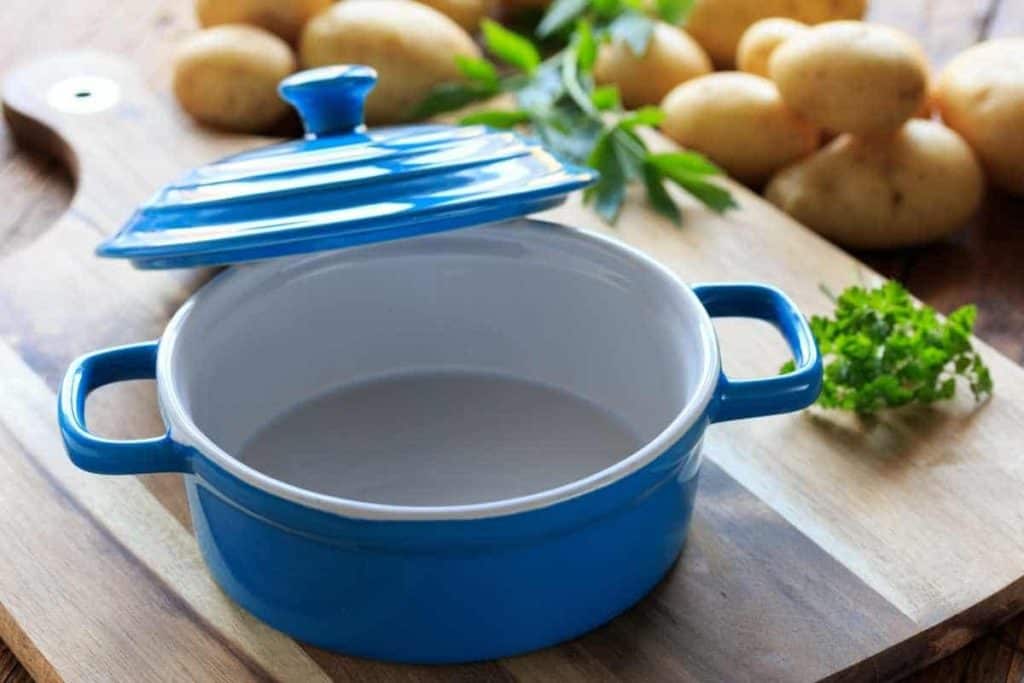
Can Ceramic Pots Stay Outside in Winter?
Whether or not ceramic pots can stay outside during winter depends on several factors such as the type of ceramic, the severity of the winter climate, and the specific care given to the pots.
In general, high-quality ceramic pots that are frost-resistant and have a thick glaze are more likely to withstand winter weather. However, even with these features, it’s still recommended to take some precautions to protect the pots.
One way to protect ceramic pots during winter is to move them to a sheltered area, such as a covered patio or a garage. This will help shield them from the extreme cold and prevent them from becoming too wet, which could cause cracking or damage to the glaze.
If you prefer to keep your ceramic pots outside, make sure to elevate them off the ground, so they don’t sit in water or ice. You can also wrap them with bubble wrap or other insulating materials to help keep them warm.
It’s important to note that not all ceramic pots are frost-resistant, so it’s essential to check the manufacturer’s recommendations before leaving them outside during winter. Additionally, some delicate ceramics may be best brought inside during the winter months to avoid any risk of damage.
Will Ceramic Pots Crack in Cold Weather?
Ceramic pots can crack in the cold weather because they are not coated from the bottom, and they can absorb moisture that will freeze and crack in the process of expansion. Although some pots can stay outside, such as plastic, some have to be indoor in winters because they cannot withstand cold temperatures such as ceramic and clay pots.
Additionally, the slightest crack in glazed ceramic pots can go unnoticed and allow water to store in ceramic pots. Moreover, the ceramic has no capacity for expansion and is likely to crack the soil it is made of when stored water freezes and the planter expands.
As well, the ceramic is so fragile that the slightest crack can split it into two pieces. Also, the bottom of ceramic pots is not glazed and can absorb water that can crack the container when it freezes. Therefore, you cannot risk leaving them outside because big pots are pricey and cost you a fortune.
Read Also: Are Ceramic Bowls Oven Safe? [Do They Crack in Oven]
How to Store Ceramic Pots for Winter?
Never leave your ceramic pots outside in cold temperatures. You can prepare your pots for storing by doing the following.
- Empty your fragile ceramic planter by dumping out all the soil in the compost bin.
- Use a stiff brush to clean dust from inside of the planter.
- Clean the pot with a solution of 1 part bleach with ten parts of water. Cleaning a pot with this bleach solution will help to avoid pests and diseases.
- Now, rinse the pot properly to remove the bleach solution.
- Once cleaned, dry it thoroughly before storing.
- Bring the ceramic pot in the shade and store it upside down. Also, make sure it is protected from snow or rain. You can also wrap these pots with bubble wrap or newspapers.
If the ceramic pots are too big to move inside, clean them by following the above process, and then you can leave them outside. But, turn them upside down and wrap them with bubble wraps. Also, place some bricks or a concrete surface under the ceramic pots, so they do not touch the ground and absorb any moisture that can cause cracking.
On the other hand, for pots that have plants growing in them, and can not be moved inside, make sure to move them on a concrete surface or wood piece. Otherwise, the rain may cause them to stick to the ground, and the pot can break into chunks when you try to move it.
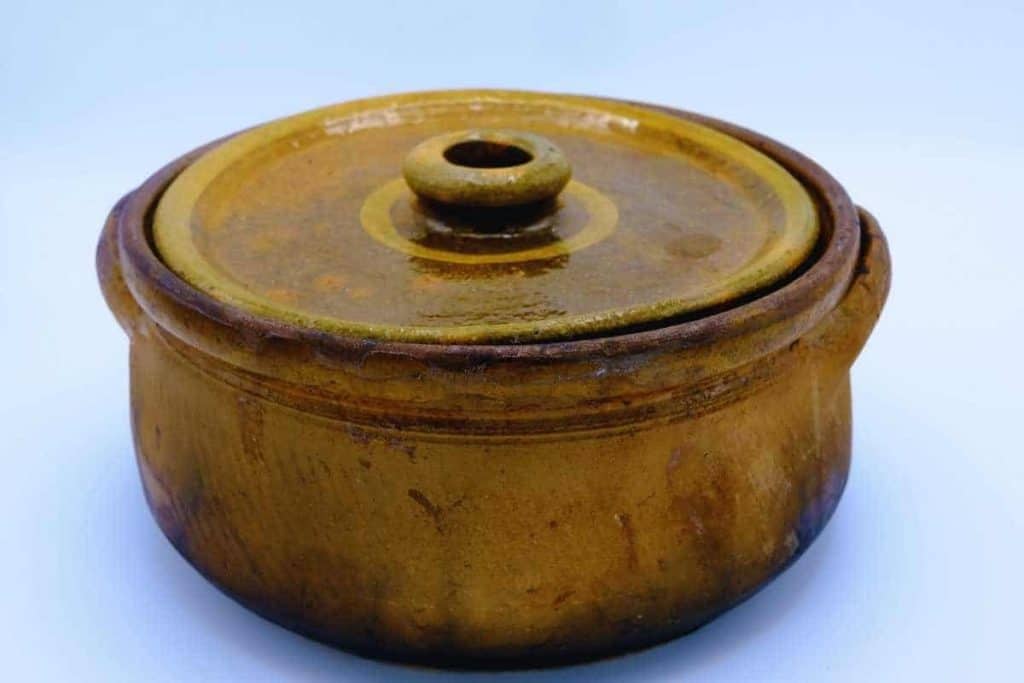
How to Prevent Ceramic Pots from Cracking in Winter?
Here is what you need to know to prevent ceramic pots from cracking in winter.
- You may have to store the ceramic pots inside or under the shade where the temperature will not fall below the freezing point.
- If you cannot put the ceramic pots inside due to their size or space unavailability, wrap them in a newspaper or some other wrapping paper to prevent chips and breaking; when the temperature falls.
- Another reason for cracking the pots can be poor drainage that is an enemy of planters. The more water stored in a pot, the more this water is likely to freeze; and cause a crack when expansion happens.
- Avoid nesting the ceramic pots inside another. Instead, place a newspaper or some other paper between them; while nesting to ensure airflow that will prevent water storage in them.
Do Ceramic Pots Hold Moisture?
The glazed ceramic pots hold moisture longer as they do not allow airflow. Contrary to that, the unglazed or porous ceramic pots allow airflow and do not retain moisture for a longer time.
The coating of the glazed ceramic pot keeps the moisture out, but the small cracks or chips can still allow some in as the small crack can usually go unnoticed. Also, the glazed ceramic pots can absorb moisture from the bottom.
However, the glazed ceramic pots do not allow airflow and hold liquid, so the plant roots will rot in a very wet environment. Therefore, you should choose those plants for glazed ceramic pots that can handle stagnant environments.
On the other hand, the uncoated ceramic plants do not hold moisture for longer as they are porous and allow airflow. Therefore, the water gets dry quicker as compared to glazed ceramic pots. These kinds of ceramic pots are an excellent choice for beginner gardeners who tend to overwater the plant.
Therefore, you should choose those plants for unglazed ceramic pots; that do not need excess water for their growth and can survive in a dry environment. Because porous ceramic plants absorb excess moisture and reduce chances of soil staying overly wet, that can lead to root rot in some plants.
Conclusion
Porous ceramic pots are breathable, but they hold water which can freeze in cold temperatures, causing them to break. By contrast, coated ceramic plants do not allow airflow due to coating, but even so, small cracks can hold water that can freeze in winter.
Therefore, ceramic pots should not be left outside in cold weather but instead be stored inside, where they will not ruin by rain or snow.
FAQs:
Can Glazed Ceramic Pots Be Left Outside in Winter?
Glazed ceramic pots can be left outside in winter if they are frost-resistant and have a thick glaze to protect them from cold temperatures and moisture.
Will Ceramic Break in Cold Weather?
Ceramic can break in cold weather if it is not frost-resistant or if it absorbs water, which expands and contracts as it freezes and thaws.
Can Ceramic Pots Be Left Outside in Winter?
Ceramic pots can be left outside in winter if they are frost-resistant and given proper care to prevent cracking or damage from cold temperatures and moisture.
Will Ceramic Crack in the Cold?
Ceramic can crack in the cold if it is not frost-resistant or if it is exposed to sudden temperature changes.
Will Ceramic Pots Crack in Winter?
Ceramic pots can crack in winter if they are not frost-resistant or if they are exposed to extreme cold or sudden temperature changes.
Can Ceramic Planters Stay Outside in Winter?
Ceramic planters can stay outside in winter if they are frost-resistant and given proper care to prevent cracking or damage from cold temperatures and moisture.
At What Cold Temperature Does Ceramic Crack?
The temperature at which ceramic will crack depends on various factors such as its composition and thickness, but in general, it can crack at temperatures below freezing.
Do Ceramic Pots Crack in the Winter?
Ceramic pots can crack in the winter if they are not frost-resistant or if they are exposed to extreme cold or sudden temperature changes.
Can Ceramic Crack in Cold Weather?
Ceramic can crack in cold weather if it is not frost-resistant or if it is exposed to sudden temperature changes.


![How to Season Cast Iron Pan? [Step By Step]](https://orbitkitchen.com/wp-content/uploads/2022/07/How-to-Season-Cast-Iron-Pan-768x512.jpg)
